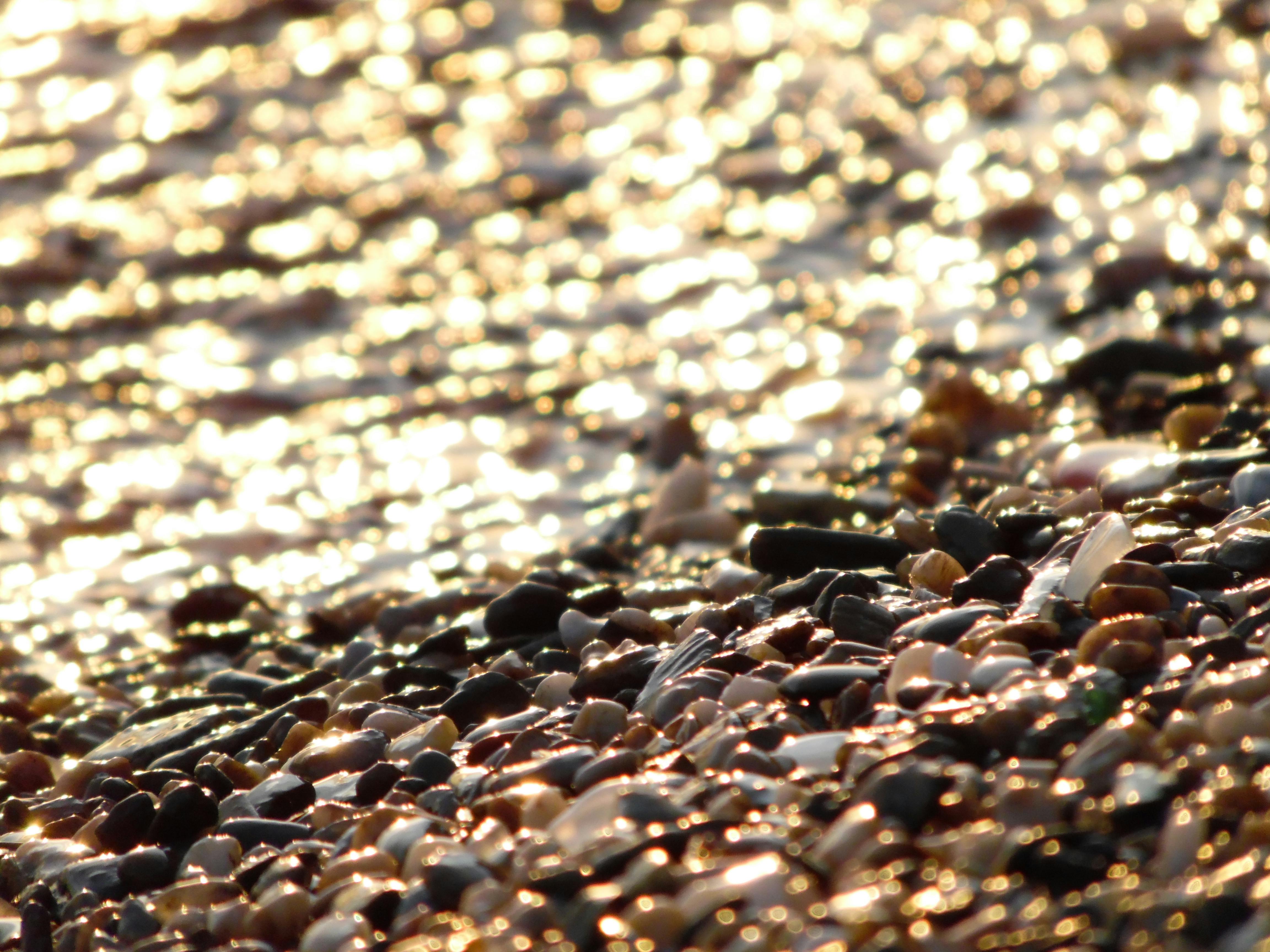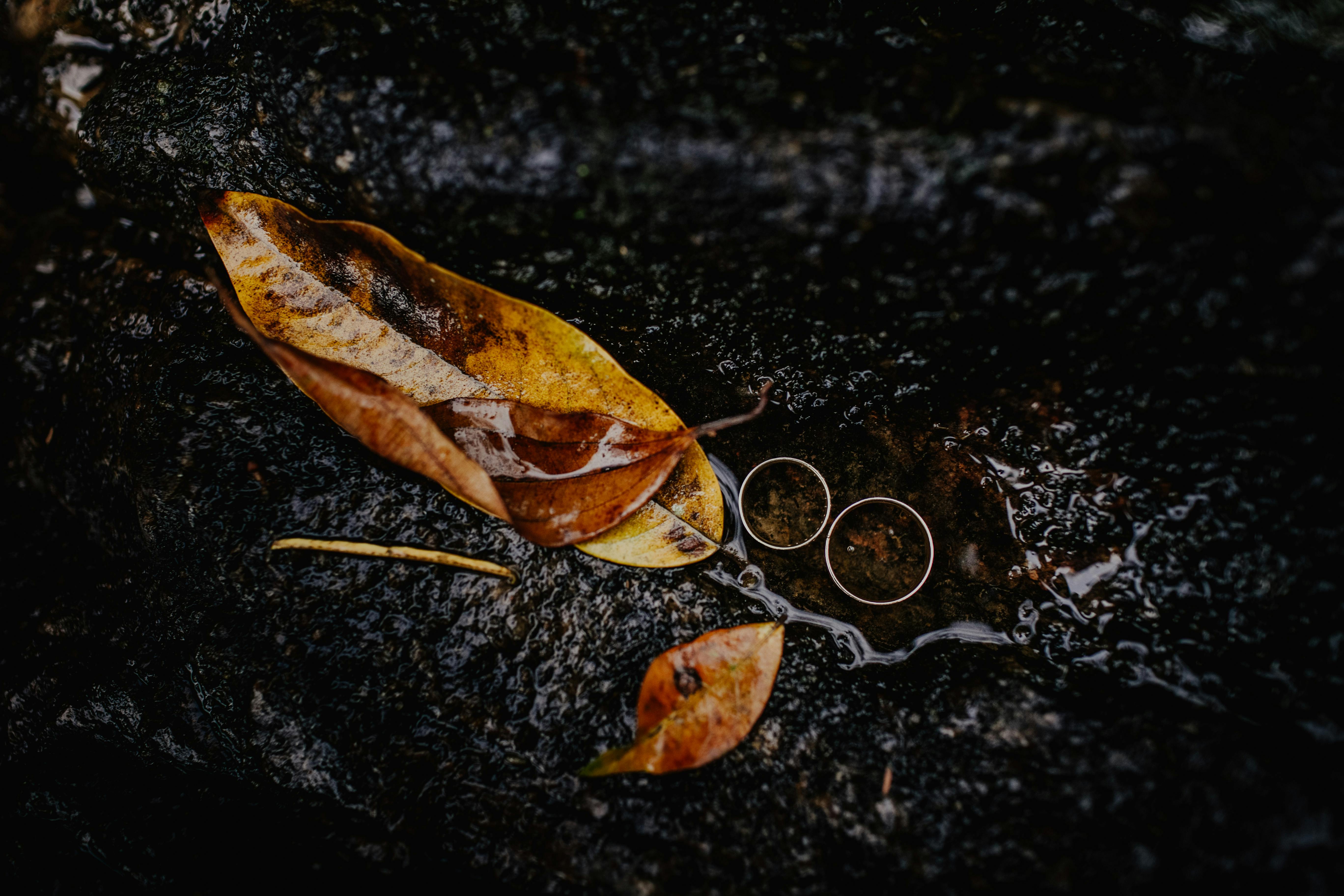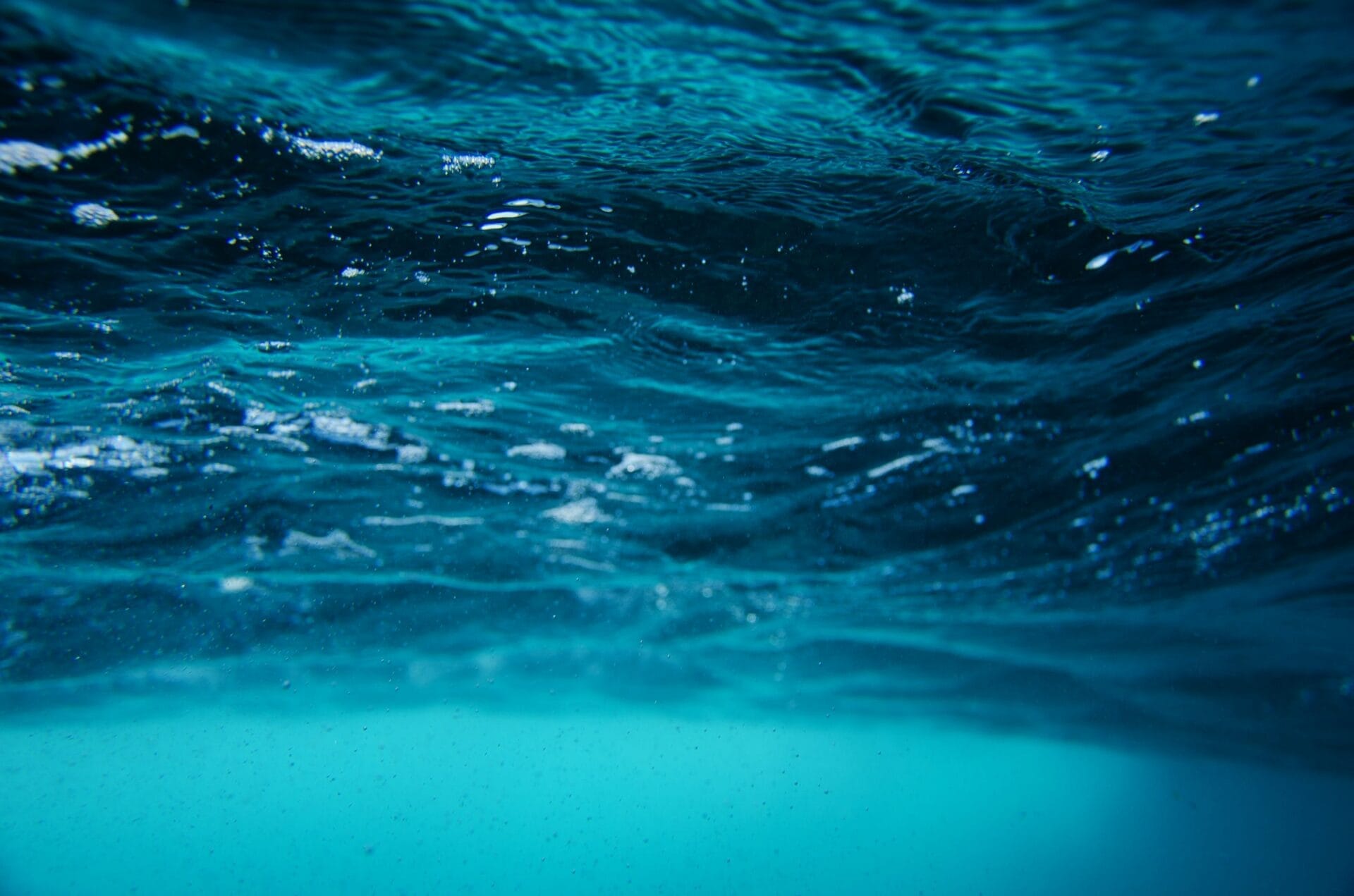Vinyl flooring is a popular choice in many homes for its durability and easy maintenance. However, when water gets underneath the vinyl, it can cause damage and stains. In order to prevent any further damage from occurring, it’s important to dry up this water as soon as possible. In this guide, we will discuss how to effectively dry up water under vinyl flooring.To absorb water under vinyl flooring, start by mopping up as much of the water as possible using a mop and bucket. Next, place a towel or cloth over the area and press down firmly to absorb any remaining moisture. After that, use a fan to blow air over the area to help dry it out further. Finally, if necessary, use a dehumidifier to remove any excess moisture in the air.
Step 1: Remove Standing Water
Begin by removing as much of the standing water as possible. You can use a mop, shop vac, old towels, or a combination of these items to absorb the water from your vinyl flooring. Once you’ve removed the standing water, move onto the next step.
Step 2: Use a Fan to Dry the Floor
Once you’ve removed the standing water, use a fan to help dry out your vinyl flooring. Place it in a central location and turn it on high for several hours. This will help to remove any remaining moisture and speed up the drying process. Once you’ve done this, move onto step 3.
Step 3: Apply Absorbent Materials
In order to help absorb any remaining moisture in your vinyl flooring, apply an absorbent material such as kitty litter or baking soda. Spread it over the entire area and leave it for several hours before vacuuming it up. This will help remove any excess moisture that may still be present in your flooring.
Step 4: Use a Dehumidifier
If you still have excess moisture present in your vinyl flooring after completing steps 1-3, consider using a dehumidifier. This device will help draw out any remaining moisture from your flooring and make sure that all excess water is removed from your home.
Step 5: Clean Up and Check for Damage
Once you’ve completed steps 1-4, you can clean up any debris that may have been left behind during the process of removing excess water from your vinyl flooring. After cleaning up, take some time to inspect your floor for any damage that may have occurred due to the excess water. If there is damage present, contact a professional immediately to repair it before any further damage occurs.
Extracting Water from Under Vinyl Floors
When water seeps under a vinyl floor, the best way to remove it is to extract it as quickly as possible. In order to do this, there are several methods that can be used. The most effective and reliable is using a wet/dry vac, which is capable of extracting both liquid and solid debris from underneath the vinyl floor. This method is fast and efficient, and can easily remove any standing water that has pooled beneath the surface. Another method that can be used is to use a mop or cloth soaked in warm water and wrung out completely before using it to soak up excess moisture. This method should be done slowly and carefully, as too much pressure could cause damage to the vinyl flooring. Additionally, fans or dehumidifiers can be used in conjunction with either of these techniques in order to speed up the drying process. Once all of the water has been removed, it’s important to make sure that any residual moisture has been eliminated as well by allowing time for all surfaces to fully dry before replacing any furniture or other items on top of the area.
It’s also important to identify where the water came from in order to prevent further damage from occurring. If a leaky pipe or appliance is causing the moisture buildup beneath your vinyl floor, it’s important to take steps immediately in order to fix the issue before more serious damage occurs. Furthermore, if you notice any signs of mold or mildew growing beneath your vinyl floor after extraction has taken place, it’s important to take steps immediately in order to prevent its spread into other areas of your home.
An Overview of Suitable Drying Methods for Vinyl Floors
Vinyl floors are a popular flooring option due to their durability, affordability and ease of maintenance. However, vinyl floors can be damaged by excessive moisture, which can lead to discoloration, warping and even staining. Therefore, it is important to use the right drying methods when cleaning vinyl floors. Here we provide an overview of suitable drying methods for vinyl floors.
The most important thing to consider when drying vinyl floors is to avoid using too much water. It is recommended that you mop the floor with a damp mop rather than a wet one. Once you have mopped the floor, you should dry it with a dry cloth or paper towel. If possible, use a fan or open windows to help speed up the drying process.
Another effective method for drying vinyl floors is to use a vacuum cleaner with an upholstery attachment. Vacuuming can help remove dirt and dust particles from the surface of the floor while also helping to dry it quickly and efficiently. After vacuuming, use a dry cloth or paper towel to finish off any remaining moisture on the floor’s surface.
If your vinyl floor has been exposed to water or other liquids, it is important to dry it as quickly as possible in order to prevent damage from occurring. One way of doing this is by using a hairdryer on its lowest setting and aiming it directly at the wet area until it is completely dry. Make sure not to hold the hairdryer too close as this could cause damage to your vinyl flooring due to excessive heat exposure.
Finally, if your vinyl floor has been exposed to large amounts of water such as flooding or heavy rain then you may need to take more extreme measures in order to ensure that all moisture has been removed from beneath the surface of your flooring material. In such cases, it is recommended that you hire professional services in order for them to remove all moisture from beneath your vinyl floors using specialised equipment such as dehumidifiers or air movers and fans.
In conclusion, there are a number of suitable techniques for drying vinyl floors which vary depending on the amount of moisture present on the surface of your flooring material and how much time you have available for drying purposes. The most important thing is that all moisture must be completely removed in order for your vinyl flooring material not suffer any long-term damage from exposure to excessive moisture levels over time.
Drying Up Water Under Vinyl Floors
Water beneath vinyl floors is a common problem due to the flooring material’s ability to absorb moisture. Fortunately, it is possible to dry out water under vinyl floors by using appropriate materials. The most common materials used for this purpose are desiccants, such as silica gel and calcium chloride, and absorbent materials, such as sawdust and cat litter.
Desiccants are usually placed in small containers or pouches and placed around the perimeter of the room where the flooring is located. As they absorb moisture, they become saturated and must be replaced periodically. Silica gel and calcium chloride are both effective desiccants for drying up water under vinyl floors.
Absorbent materials are also effective at absorbing moisture from beneath vinyl floors. Sawdust and cat litter are commonly used absorbents because they can easily be spread around the area where the water is located. They can be left in place for several days or weeks until all of the moisture has been absorbed.
In addition to desiccants and absorbents, fans can also be used to dry up water beneath vinyl floors. Setting up multiple fans in an area will help circulate air throughout the space and draw out excess moisture from underneath the flooring material. This method should be used in conjunction with other drying methods to maximize effectiveness.
Overall, there are a variety of materials that can be used to dry up water under vinyl floors. Desiccants, absorbents, and fans are all effective at removing excess moisture from beneath this type of flooring material. By using these materials appropriately, it is possible to successfully dry out water beneath vinyl floors without causing any damage to the floor itself or any surrounding items in the room.

Avoidance of Mold and Mildew on Vinyl Flooring After Drying up the Water
It is important to take the necessary steps to prevent mold and mildew growth on vinyl flooring after drying up any water that has been spilled or left behind. To do this, it is important to clean up any water spills as soon as possible and thoroughly dry the area. If the water is not dried up completely, it can provide a conducive environment for mold and mildew growth. Additionally, using fans or dehumidifiers to help dry the area can help speed up the process.
It is also important to ensure that any areas that are prone to moisture, such as bathrooms or laundry rooms, are equipped with proper ventilation. This will help reduce humidity levels in these areas, which will help prevent mold and mildew growth on the vinyl flooring. Additionally, regularly cleaning and vacuuming the floor can help remove dirt particles that can cause mold and mildew growth if left unchecked.
Finally, it is important to use products specifically designed for cleaning vinyl flooring so that they do not damage the material or encourage further mold or mildew growth. Using a combination of hot water and a mild detergent should be sufficient for most cleaning jobs; however, more concentrated cleaners may be needed if there is tough dirt or stains present.
Is It Necessary to Remove the Vinyl Floor When Drying Up the Water?
When water is spilled on a vinyl floor, it is important to dry it up as soon as possible to prevent permanent damage. While some people simply mop up the water and move on, this is not always enough. In some cases, it may be necessary to remove the vinyl floor in order to completely dry up the water underneath.
Removing the vinyl floor can help ensure that all of the water is removed from underneath and that no moisture remains. This helps to prevent mold growth and other damage that can occur when water is left behind. It also helps make sure that any stains or discoloration do not become permanent.
When removing a vinyl floor, it is important to use caution in order to avoid tearing or damaging it further. If possible, use a heat gun or hair dryer on low setting in order to loosen adhesive and get under the edges of the vinyl more easily. If you are unable to remove the entire piece of vinyl at once, try cutting it into smaller pieces so you can lift them one at a time.
Once you have successfully removed all of the vinyl, use fans and dehumidifiers to help dry up any moisture that may remain underneath. Make sure you check for any signs of mold or mildew in case there was too much standing water for too long before you started cleaning it up. In addition, be sure to replace any padding or underlayment that may have been damaged by moisture before installing new flooring over it.
In conclusion, while mopping up spilled water can be enough in some cases, removing the vinyl flooring may be necessary if there has been significant standing water for an extended period of time. Taking extra steps such as using fans and dehumidifiers can help ensure that all traces of moisture are removed before putting down new flooring over top of it.
Special Considerations when Removing Excess Moisture from Under Vinyl Flooring
Excess moisture under vinyl flooring can be a serious problem and can lead to mold growth and damage to the subfloor. It is therefore important to take steps to remove excess moisture from under the vinyl flooring as soon as possible. Before attempting any remediation, it is important to understand the potential risks and special considerations that must be taken into account.
One of the most important considerations when removing moisture from under vinyl flooring is ventilation. Proper ventilation will help reduce the humidity in the space, allowing for faster drying times. It is also important to make sure that any existing water sources are identified and addressed, such as leaky pipes or a leaking roof.
Another consideration when removing excess moisture is the type of subfloor that is present underneath the vinyl flooring. Depending on the type of subfloor, different techniques may need to be used in order to effectively remove moisture. For example, if the subfloor is plywood, it may be necessary to drill holes into it in order to create drainage paths for excess water. On the other hand, if there is a concrete subfloor, then dehumidifiers may need to be used in order to reduce humidity levels in the space.
It is also important to note that some types of vinyl flooring may have a protective coating on them which can prevent effective drying from occurring. In these cases, it may be necessary to strip away this protective coating before any remediation can begin. Finally, it is essential that all affected areas are cleaned properly in order to prevent further growth of mold or mildew. Proper cleaning will also ensure that no residual moisture remains which could lead to future problems with mold or mildew growth.

Conclusion
Drying up water under vinyl flooring requires a few steps. The first is to identify the source of the water and repair it if necessary. Then, use a wet/dry vacuum or a shop vac to clean up any standing water. If the water has been there for some time, you can use a dehumidifier to help draw out any moisture that may be trapped in the subfloor. Finally, if you need to replace your vinyl flooring, make sure it is properly sealed and insulated with an effective vapor barrier. This will protect against moisture buildup in the future.
By following these steps, you should be able to dry up any water under your vinyl flooring quickly and effectively. Not only will this protect your floors from long-term damage, but it will also help to preserve your home’s value and reduce mold growth that can cause health problems for you and your family.

